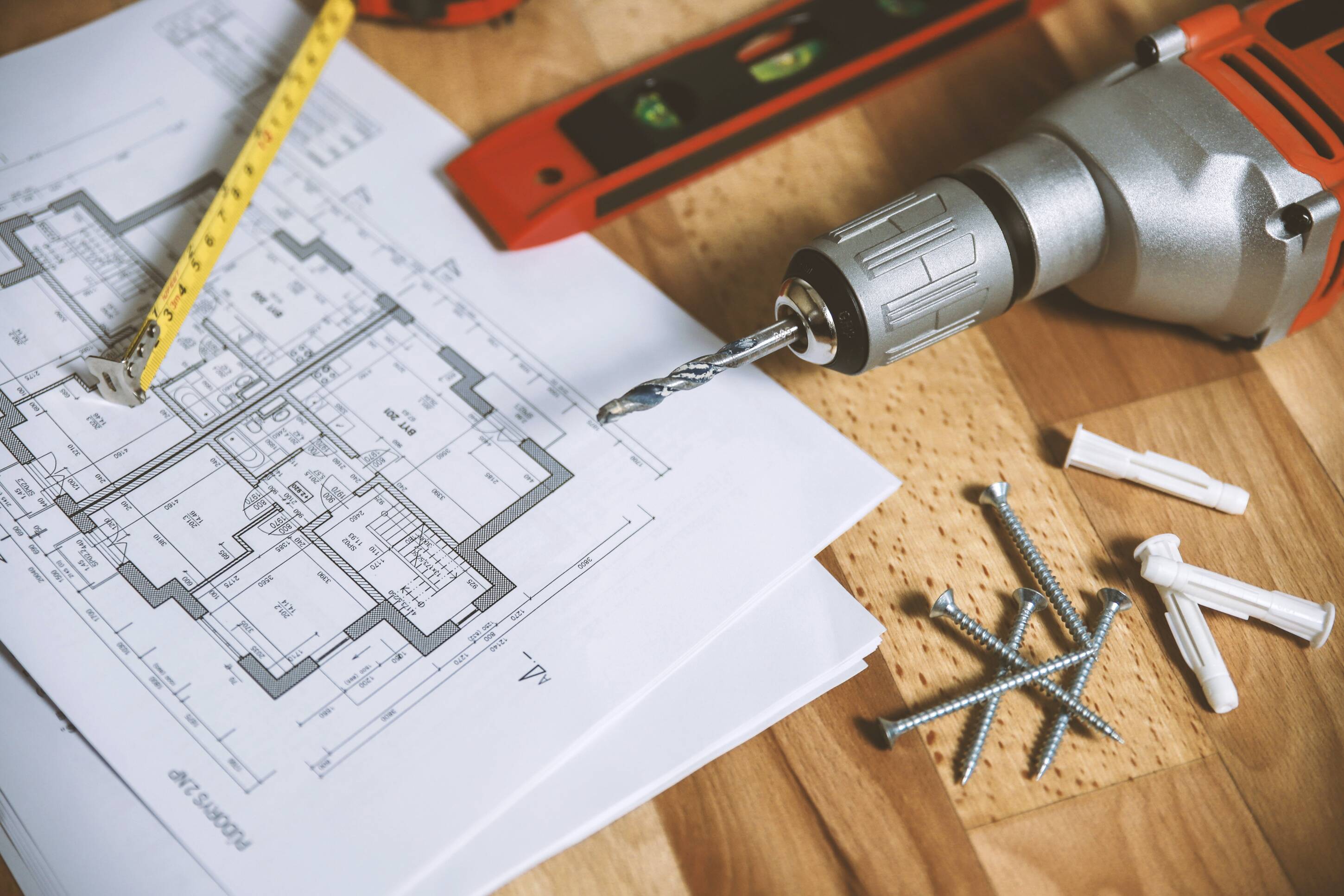07 December 2020
4 min read
#Construction, Infrastructure & Projects, #Property, Planning & Development
Published by:

Last month, the NSW Court of Appeal (Court) delivered its judgment in Bandelle Pty Ltd v Sydney Capitol Hotels Pty Ltd [2020] NSWCA 303, which considered the application of the 10-year limitation period for actions for damages arising from defective building work in section 6.20 of the Environmental Planning and Assessment Act 1979 (NSW) (EP&A Act). The Court held that the limitation period applies to a claim by the occupier of a property for economic loss arising from defective building work.
Background
On 2 January 2017, a fire started on the ground floor of a building on George Street, Sydney. The fire caused the sprinkler system on level five to activate, causing property damage and consequential loss to the tenant, Sydney Capitol Hotels Pty Ltd (tenant).
The fire was alleged to have been caused by defective building work on the ground floor exhaust system (work), which was carried out in 1997 by Bandelle Pty Ltd (builder). The work was completed by the builder for the owner of the property and the builder had no contractual relationship with the tenant.
The primary proceedings
After the fire, in 2019, the tenant commenced Supreme Court proceedings against the builder, alleging that the builder had breached the duty of care it owed the tenant to avoid causing harm in carrying out the building work.
The builder pleaded that the tenant’s claim was statute-barred by section 6.20 of the EP&A Act, which provides that "a civil action for loss or damage arising out of or in connection with defective building work ... cannot be brought more than 10 years after the date of completion of the work". The Court was asked to determine whether this defence was available.
The key issue for determination was whether, on the proper construction of the section, the loss or damage suffered by the tenant arose “out of or in connection with defective building work”. The tenant argued that the section should be construed narrowly, to apply only to claims for damages commenced by a building owner who had entered into a contract with the builder who completed the defective work.
Hammerschlag J, head of the Technology & Construction List of the Supreme Court, acknowledged that on the plain and grammatical meaning of section 6.20, the damage suffered by the tenant arose out of or in connection with defective building work, which caused the fire and in turn the damage. He also acknowledged that there are good reasons why parliament may not want a builder to be liable for building work 10 years after it is done, regardless of who suffers damage by it.
However, His Honour concluded that he was bound to follow the judgments in the line of cases including Australian Rail Track Corporation Ltd v Leighton Contractors Pty Ltd [2003] VSC 189 (Australian Rail) and the NSW Court of Appeal case of Dinov v Alliance Australia Insurance Limited (2017) 96 NSWLR 98 (Dinov), which held that the section does not apply to claims brought by plaintiffs who were not parties to the original building contract and are only “accidentally, incidentally or indirectly” affected by the defective building work, as the purpose of the Act was to regulate only the relationship between building owners and practitioners and not others.
The appeal
In March 2020, the builder sought leave to appeal from Hammerschlag J’s judgment. Last month, the Court of Appeal delivered its judgment, granting the appeal and concluding that the tenant’s claim was time-barred by the operation of section 6.20 of the EP&A Act.
The Court was unanimous in deciding that section 6.20 applies to all claims for economic loss and damage caused by defective building work, regardless of whether there was a contractual relationship between the claimant and the builder to complete the work, as the purpose of the section is to provide a long-stop limitation period based on when the building work was completed, regardless of the claimant or the date on which damage manifested.
The Court then split 2-1 on the issue of whether section 6.20 applies to claims relating to work the subject of development consents that were granted before 1998, which is when the EP&A Act commenced. The majority held that section 6.20 apply to all building work, regardless of the date on which development consent was granted.
Conclusion
This case is important as it clarifies that the 10-year long-stop limitation period applies to all claims for damages in relation to defective building work, regardless of who the claimant is or when the date of the development consent is for the work that is the subject of the claim.
Authors: Marie-Louise Scarf & Rebecca Weakley
Disclaimer
The information in this publication is of a general nature and is not intended to address the circumstances of any particular individual or entity. Although we endeavour to provide accurate and timely information, we do not guarantee that the information in this newsletter is accurate at the date it is received or that it will continue to be accurate in the future.
Published by: